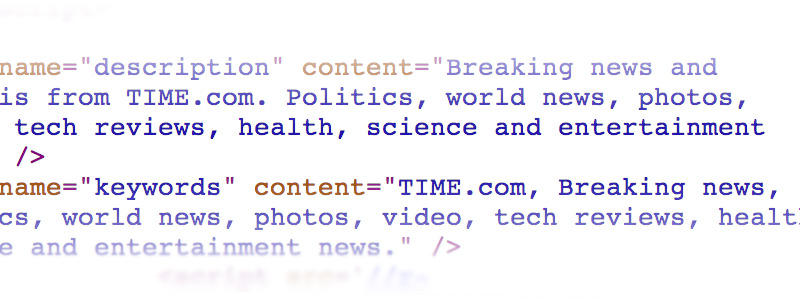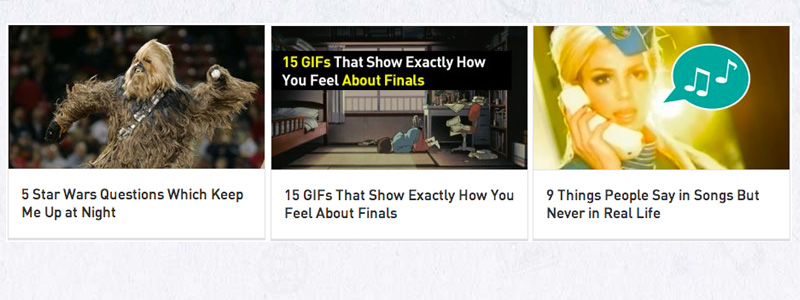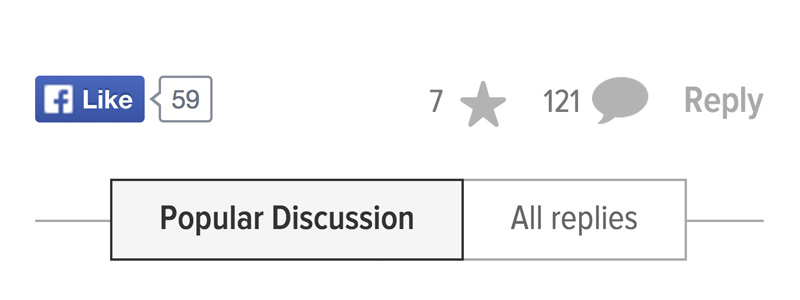BLOG
How to Attract More Blog Readers
Blog writing has become an increasingly useful tool for sharing recipes, ranting about a horrible day and passing along funny cat videos with an online audience. Not only has it gained popularity with individuals, but it has also become an outlet for businesses to reach out to their intended market. As many businesses know, one of the best ways to draw in more people to their products is by providing them with engaging and relevant content about or relating to their product that they can easily digest. With great content comes brand awareness and useful information for the reader, and this can convert quite well into sales. This is why too many businesses have turned to blog posting, because of its straightforward, simple nature and its ability to attract an audience.
So if blog posting has become standard in the business world, how does a business pull in more people to read their blog and purchase their products? Here are some ways businesses can attract more readers for their blog in the hope that these readers will someday become customers:
Have Great Content to Work With

The most important tip for getting blog readers is to offer great content. None of the following tips will matter if you’re not giving your readers something they can think about or talk about afterwards. For content inspiration, you can look through other blogs or check out the latest news in your industry. You can also get some inspiration from fieldwork and personal experience. Blogging isn’t just a matter of luring people in so they can do business with you, it’s also a way of sharing meaningful information in order to build rapport with your future customers.
Use SEO on Your Content

Of course, one of the best ways to be discovered by consumers is to rank higher in search engines. Search engines always look for optimized articles to feature at the top of results pages since, at a glance, these articles seem the most relevant. So what are the first things you should do in order to optimize your content?
- Create a meta description. Meta descriptions are the text you find underneath the titles of pages featured in search engine results. These give users a glimpse of what they can expect if they click that link.
- Use alternative texts for your images. Images themselves can’t be read by search engines, but by providing alt text, you can give search engines an idea of what’s in the image. This is a great way to optimize pages that have lots of pictures and very little text.
- Link out and link in. By adding links for authoritative sources into your blog and by asking other bloggers to link to yours, you’re expanding your network and therefore creating a larger chance of people stumbling upon your site. In addition, search engines are also drawn to sites that link to other sites and are referenced by other sites.
- Optimize your keywords. There are tons of tools that you can use to help you chose the right keywords to use on your site. These keywords seek to match the searches done by actual users, so they’re crucial for ensuring people find your blog post.
Use a Catchy Title

A huge percentage of users will ignore your post if it has a bland or boring title. They can’t really help but base their decision to read your post on how interesting your title is. A great way to go about this is by following these tips on creating a headline for your blog post:
- Give readers an idea of what to expect from your post in terms of structure. They can easily tell if you’re going to give them a list or an instructional article based on the title of your post. For example “10 Things I Learned from X Event” seems like an interesting list, whereas “How to Write Effective Headlines” is more of an instructional article.
- Show number and statistics on your blog title. This instantly expresses a key piece of information from the blog posts, which can keep users wanting to know more about the content. “Why Only 10% of Users Like Product X” can make for a very interesting title.
- If possible, incorporate humor or a bit of exaggeration in your post. Some would like to mix work with play, and using humor while giving information is a great way to go.
Promote Your Blog Posts Using Social Media

People are more likely to be on social media than they are on search engines looking for content. Social media provides people with a wide array of information as they casually browse through their feed. If you add links to your blog or share your blog posts on social media, your followers are more likely to click through to see what you’ve posted. In addition, social media platforms are making it easier for users to share all sorts of content. By already putting your blog post link up on social media, it would only take a click for a user to share it to his or her network.
When you’re sharing your content on your Twitter, Facebook, Pinterest or LinkedIn account, it also helps to add a little description to your link. Don’t just go with the actual title of the blog post, and instead add a related thought or an excerpt as your heading. These leading descriptions can help make users more interested. Lastly, it may also help to add an image to the link to your blog post, just so your users won’t miss it in their feed.
Engage Your Users

Once you’ve gotten people to read your blog post, don’t stop there! Many readers are likely to give comments and suggestions after reading your post, so it’s important that you also reply to their comments. You can even use a closing statement on your blog post that encourages people to leave a comment based on what they think of your post. Reading through the comments provides you with a lot of feedback from your readers so that you can improve your future blog posts. They can also be the basis for letting you know how successful or buzzworthy your blog post was.











